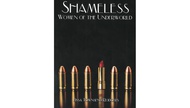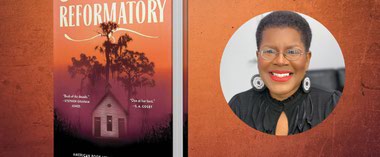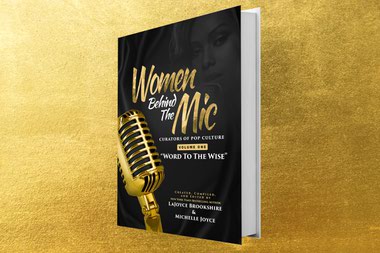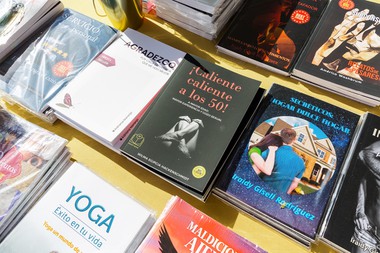So what is the sound of silence, anyway? If your mind wanders beyond Paul Simon’s social signposts into the Land of Koan—one hand clapping and such—you’ll get Found Audio.
Published in trade paperback by Two Dollar Radio, N.J. Campbell’s novel is on one narrative level about an intern left with a manuscript trying to find someone to publish it. But it’s also about silences: silences on two audio cassettes dutifully noted by their transcriber, an audio analysis expert, along with magnetic induction noises and provocative interjections by those presumably recording the tapes; and the silences implied by the apparent disappearances of the audio expert and others. It’s almost as though someone doesn’t want the personal narratives of an unnamed explorer journalist to become public.
The transcriber simply refers to the speaker as American, a middle-aged man with a Midwestern voice and a metaphor, maybe, for every seeker who looks for answers, and love, in all the wrong places—a “conquistador of nowhere,” as he describes himself at one point. American rambles the world to write about Himalayan base camps and Turkmen markets, but his girlfriend and another writer friend impel him to journey to dark and troubling places.
One tape records his memories of slogging through a Louisiana swamp with a snake-killer, who performs that task, it seems, in a hallucination he induces in the journalist. American’s second story takes him to Kowloon, where graffiti goads him to track down a City of Dreams that could be a street-gang scheme or a portal into the Unknown. Eventually he finds himself recovering in a hospital in Ulaan Bataar, wondering whether his now-ex-girlfriend visited him in a dream or not.
In the third tape, he tries to put what he calls “my psychotic existential crisis” behind him, through rounds of therapy and analysis. Feeling himself aging, he seeks a desk job and enjoys days without wonder and nights without dreams. Then his old friend once again plunges him into the riddle-dappled pond of imagining, this time guided by a Turkish chess master.
“I tried as best I could to write about what I had lived, rather than what I saw was being lived,” American notes after his encounter with the snake-hunter, but this insight gets him only halfway home. In the silent spaces between wakefulness and sleep the mind ravels what is really real. Or so it seems.







